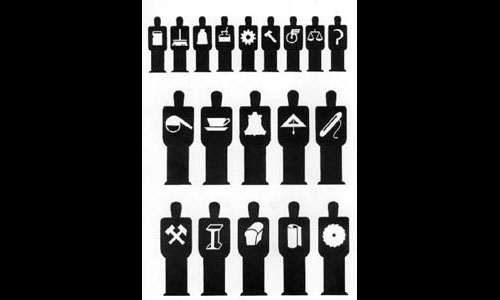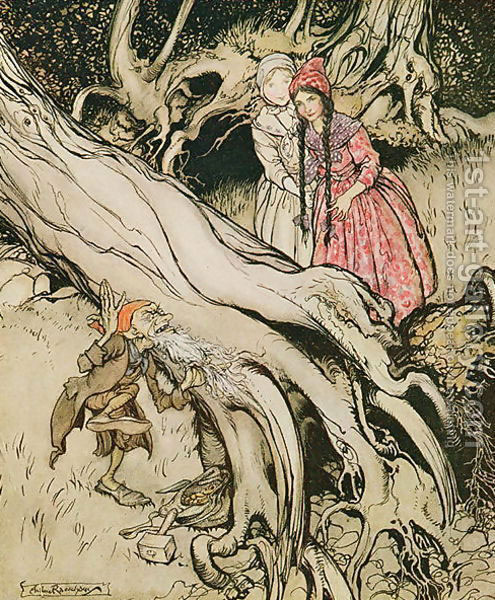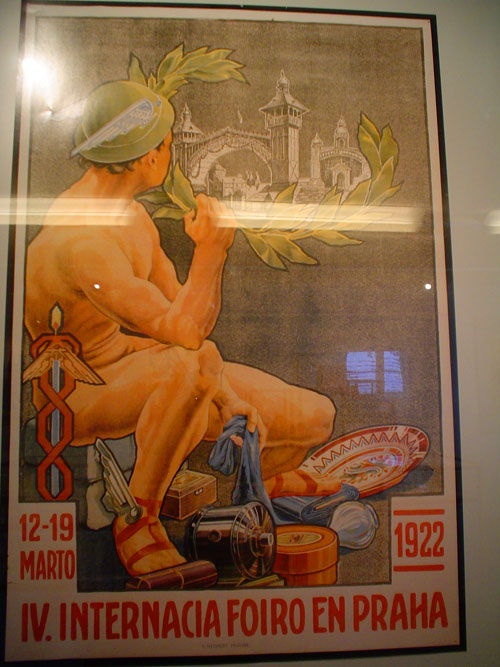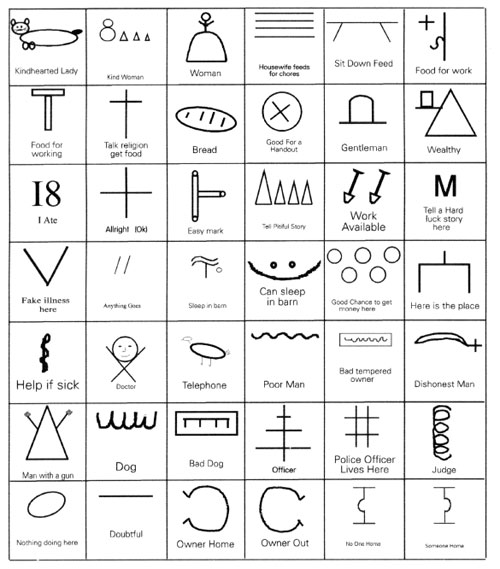Utopia by Design
By:
December 6, 2009
Just don’t call them cute. Gemutlichkeit is not what they are – these faceless creatures support the full weight of Utopia on their Bézier shoulders. They lurk by roadsides, hang around by the bathroom, and they’ve positively infested the airports. You can’t avoid them, those little flat graphics of universal information. Which door? They will tell you; they signpost escape from ideology.

Or at least they were meant to. In an article on the AIGA website, Phil Patton describes how Otto Neurath developed his Isotype system of symbols and pictograms to free information from the agendas inherent in language. A member of the Vienna Circle, Neurath believed language itself was ineradicably infused with ideology, preventing us from even imagining a rational world. His recourse was to numbers, and images, which he famously thought were soapbox-free.
HiLobrow previously spotlighted Neurath’s prolific protégé and comrade, Gerd Arntz, who actually designed the Isotypes (4000 of them)! But in this “picture Esperanto,” the inevitable embed reveals itself. That sounds ominous, although the pictogram’s agenda is Happily Ever After.

However not Snow White and Rose Red; it’s a working utopia, where the masses are appealed, instructed, and encouraged in their flows and swarms towards certain ideals and activities. In this case they are encouraged towards socialism, the kind where we all not only cooperate for the greatest good of the greatest number, but preserve and enhance the dignity and agency of the one. With clearly-labeled bathrooms.
But we do not live by picts alone. In the very likely event that you might need to say something, we have non-picture Esperanto to fill the gap. I see you rolling your eyes. But atendi a minuto. Esperanto, the most well-known (but not the only) “artificial language,” was first developed by L. L. Zamenhof in 1887, in response to the collection of misunderstandings and antagonisms that was the Austro-Hungarian Empire. What if we could all understand each other? What if we had a universal language designed to be neutral, free of the organic ideologies of nationalism? Maybe then it would become more difficult to give voice to hate.
Thus, Esperanto, which means “hope.” Zamenhof did not imagine it would replace natural languages; rather, he wanted it to become everyone’s easy second language, and a common ground of rationality and peace. Which is why it’s ok to speak Esperanto, like Shatner, with an accent; everyone was supposed to speak it with an accent. Around the turn of the last century this idea had purchase, as measured by the international congresses so favored by utopians of the day. Unfortunately for the them, WWI more or less put a stop to Esperanto, congresses and, it seemed, utopia itself.

But hope has a long tail. Well before couchsurfing jumped from verb to noun dot com, there was Pasporta Servo, the still-operational international network of Esperanto speakers, who offer a free place to stay almost anywhere in the world. The only requirement is that you speak Esperanto. While traveling around Europe in 2004, I found myself, one wintry day, the only visitor in the Esperanto Museum in Vienna (then housed in the Hofburg Palace), where I tried to sweet-talk my way into object acquisition, a thick, covetable almanac of addresses. The docent retrieved it from me and explained that yes, it could be mine – but only once I learned the language.
I haven’t yet, so I don’t know if those addresses are also marked by Isotypic “hobo” signs, indicating “kindhearted lady,” “no alcohol town,” or even just “doubtful.” But, I am hopeful.

[link to AIGA article via @calamari]
Artists in residence archive.
